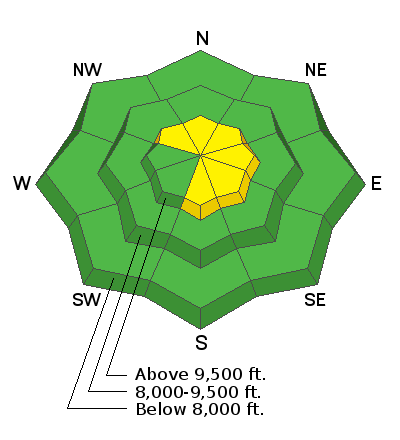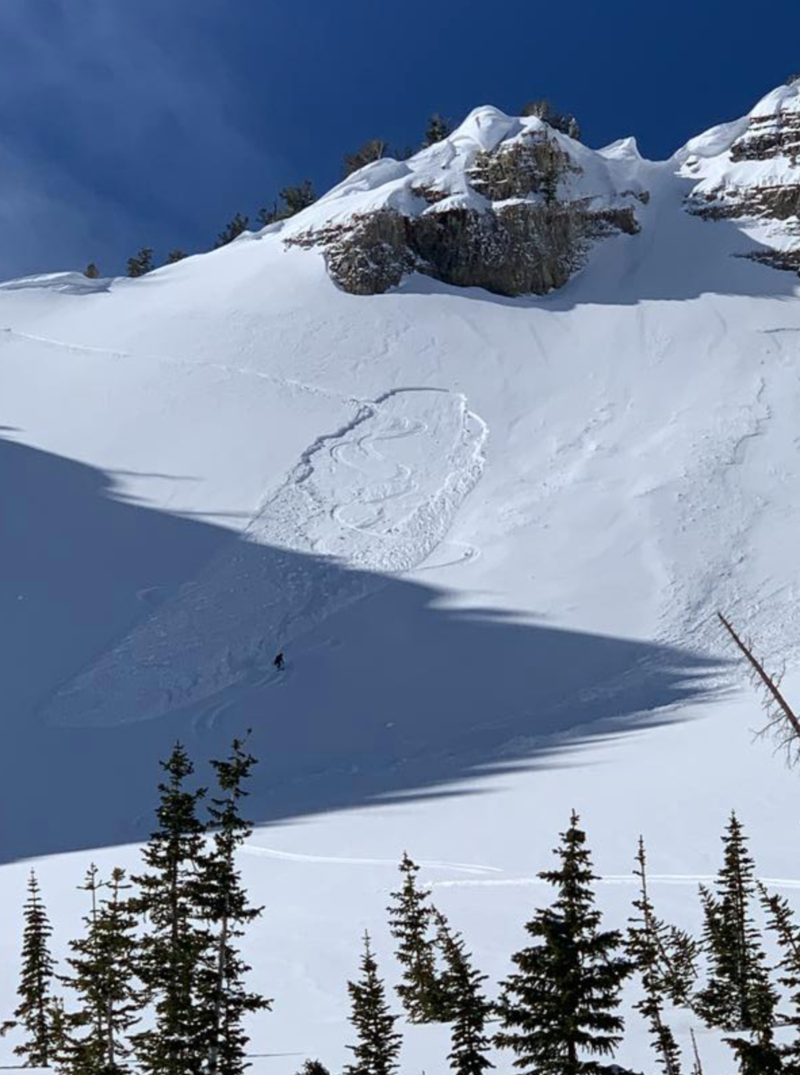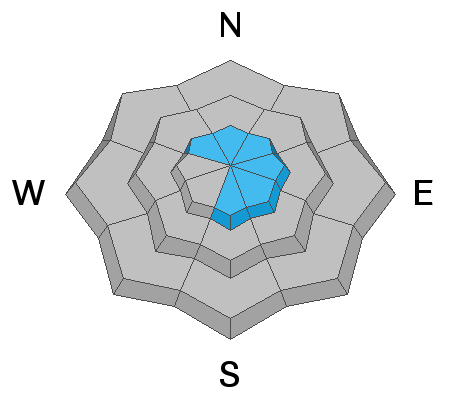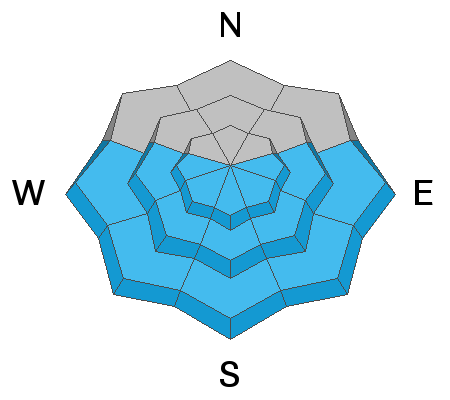Forecast for the Salt Lake Area Mountains

Issued by Trent Meisenheimer on
Wednesday morning, March 11, 2020
Wednesday morning, March 11, 2020
Most terrain has a LOW avalanche danger. Areas of MODERATE danger, however, do exist for wind drifts in (but not limited to) the upper elevations. These will be most pronounced on steep northwest to northeast to south-facing slopes.
Keep an eye on the southerly facing terrain for wet snow avalanches if the cloud cover dissipates, and the intense March sun becomes stronger than forecasted.
Keep an eye on the southerly facing terrain for wet snow avalanches if the cloud cover dissipates, and the intense March sun becomes stronger than forecasted.

Low
Moderate
Considerable
High
Extreme
Learn how to read the forecast here









